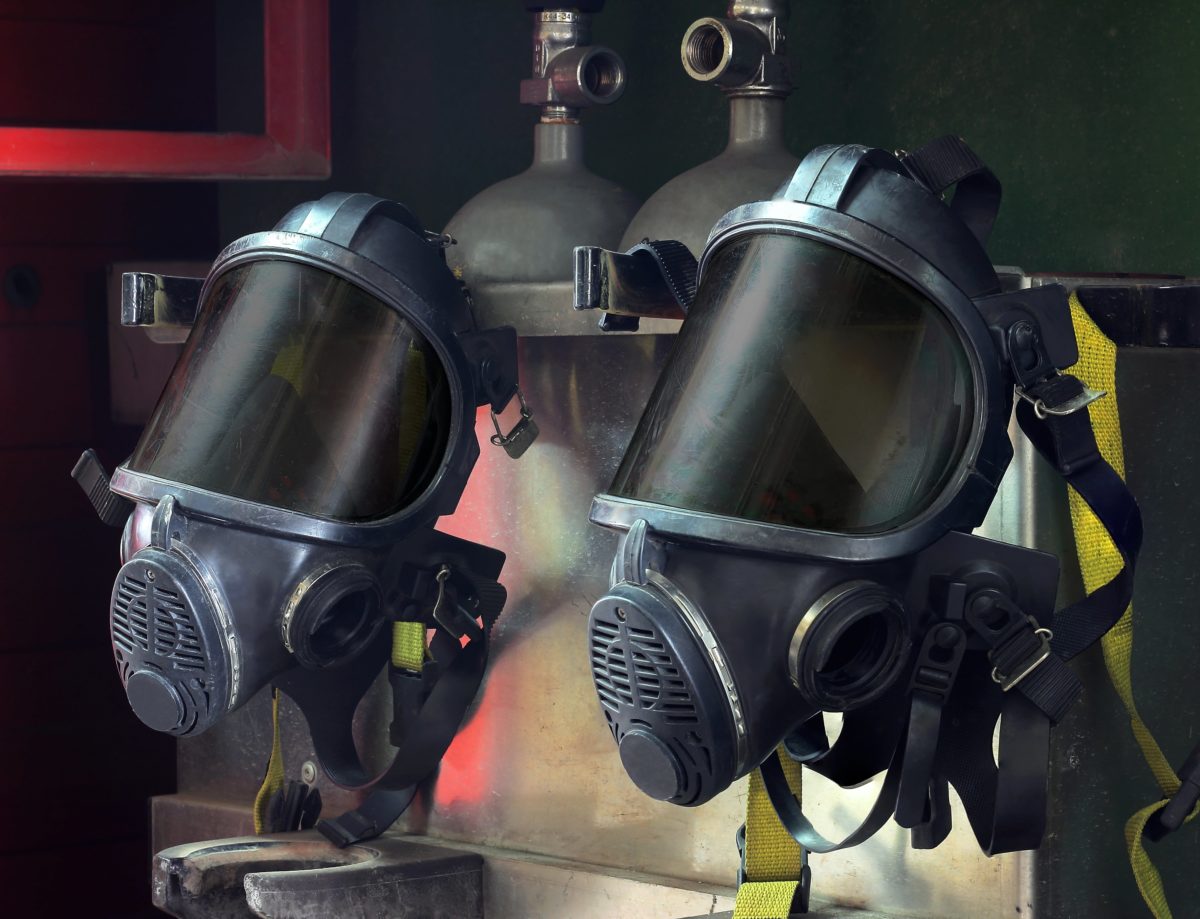
Most firefighters probably have had incidents that they experienced dizziness, weakness, and rapid heart rate, and did not realize that they could have been exposed to cyanide. When increasing numbers of firefighters grew ill or even passed away after operations, researchers came to expect that hydrogen cyanide was involved. HCN is extremely toxic, has significant effects on the body, and is a major risk in the firefighting profession.
Key Facts About HCN
Here are some of the grim details about hydrogen cyanide. This compound:
- Is 35 times more toxic than CO;
- Is produced when products such as wool, silk, cotton, nylon, plastic, and polymers, foam, melamine, polyacrylonitriles, and synthetic rubber burn;
- Enters the body by absorption, inhalation, or ingestion and targets the heart and brain;
- Can impair victims quickly;
- Has a half-life of one hour in the blood;
- Is highly flammable, and most will burn away during combustion.
Where Hydrogen Cyanide Comes From
Hydrogen cyanide is a by-product of materials used in everyday products. Common manmade materials that produce cyanide gas during combustion include nylon, polyurethane, melamine, and acrylonitrile. These materials are found in building furnishings, vehicles, foam insulation, carpets, draperies, appliances, plastics, and clothing.
Objects within a fire continue to produce cyanide as long as their temperature remains elevated. Nitrogen gas can assist in the formation of cyanide during combustion. High temperatures and low-oxygen concentrations help create cyanide gas. Smoke from the combustion of grass clippings, green wood, tobacco, cotton, paper, wool, silk, weeds, and animal carcasses likely contain some hydrogen cyanide gas.
Firefighters must protect themselves against this lethal gas. Scientists are now aware of what repeated exposures will cause. Consider the benefits of utilizing a SCBA.
Symptoms
Victims often experience cognitive dysfunction and drowsiness that can impair the ability to escape or to perform rescue operations. Exposure to low concentrations can cause, confusion, flushing, anxiety, perspiration, headaches, drowsiness, and tachypnea.
Exposures to higher concentrations result in prostration, tremors, cardiac arrhythmia (which can begin two to three weeks after the fire exposure), coma, respiratory depression, respiratory arrest, and cardiovascular collapse.
Management
In a firefighting operation, exposure to this compound should be taken very seriously. Here are some steps that managers of firefighting operations can take to reduce the risk of exposure to hydrogen cyanide:
- Institute a training program on the hazards of hydrogen cyanide at fires
- Mandate mask regulations. Officers must focus on protecting their members by ensuring the use of SCBAs.
- Mandate SCBA training for difficult operations such as climbing ladders, working on roofs and communicating while on air.
- Wash turnout gear after every fire. Be sure to shower and change your uniform upon returning to the station.
- The medical community must be made aware of the presence of cyanide in modern-day smoke and should keep the possibility of cyanide poisoning in mind when presented with a smoke inhalation victim.
- Alert the public (general public, media, and legislators) to the dangers of smoldering and burning plastic and other cyanide-containing fuels.
About Provident FirePlus
At Provident FirePlus, we offer custom tailored packages to best protect firefighters and volunteer firefighters. We understand the risks that emergency response teams are subjected to on a daily basis, and have worked to serve these dedicated professionals for over 87 years. For more information about our products and policies, we invite you to contact our experts today at (855) 201-8880.

